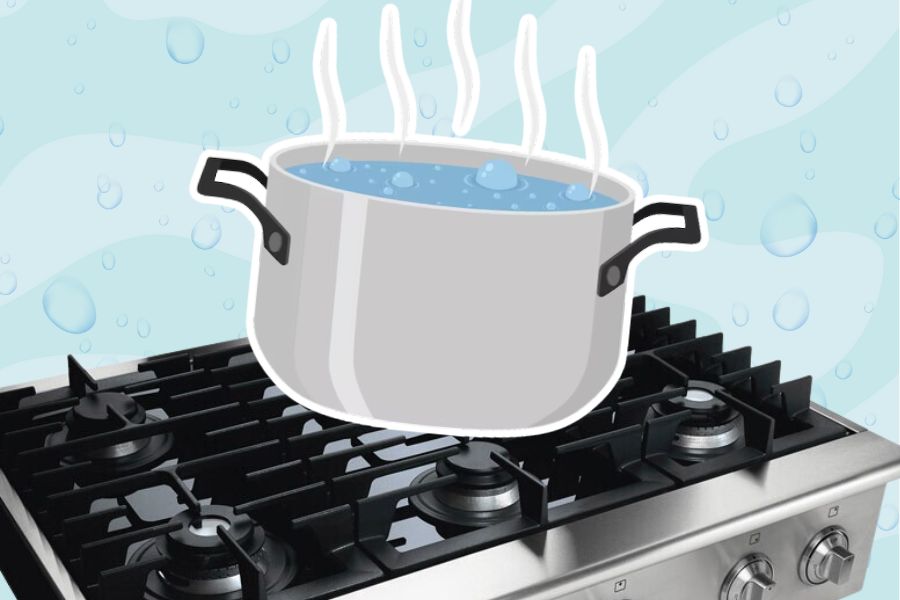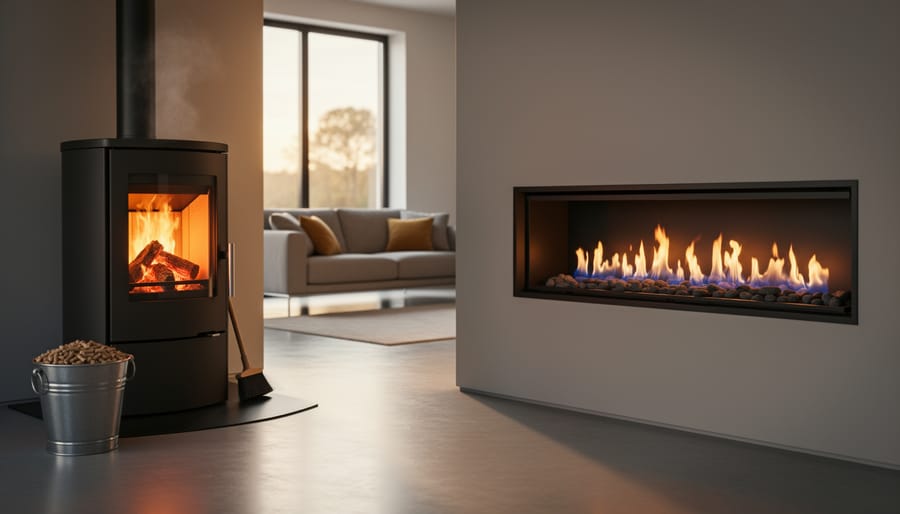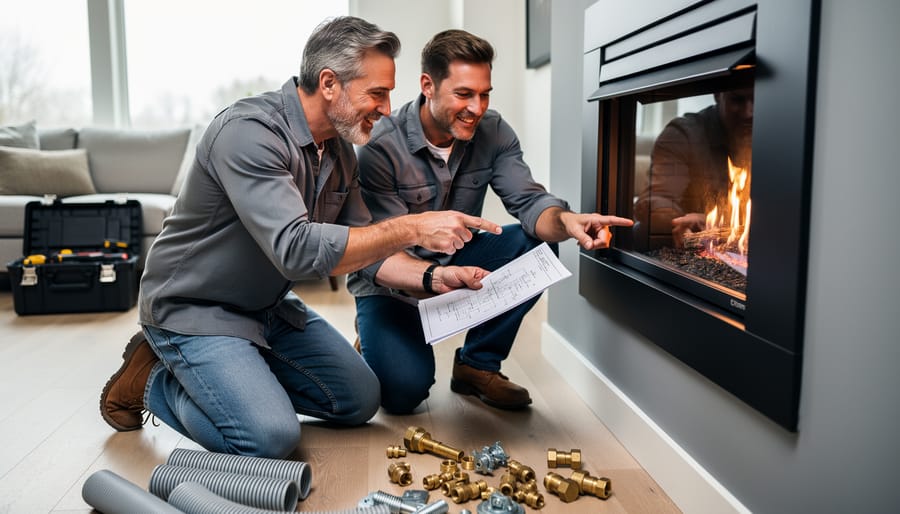Boiling water is a simple task that we perform daily, whether it’s for making a cup of tea, cooking noodles, or sterilizing baby bottles. But have you ever stopped to think about the science behind boiling water and the best techniques for boiling water on a gas stove?
Water boils when its vapor pressure equals the atmospheric pressure surrounding it. Vapor pressure is the pressure exerted by a gas (in this case, water vapor) in equilibrium with its liquid form. When the atmospheric pressure exceeds water vapor pressure, the water will boil at a lower temperature.
This is why water boils at a lower temperature at higher altitudes – the atmospheric pressure is lower, so the water’s vapor pressure must be lower to reach equilibrium.
What Happens When Water Boils?
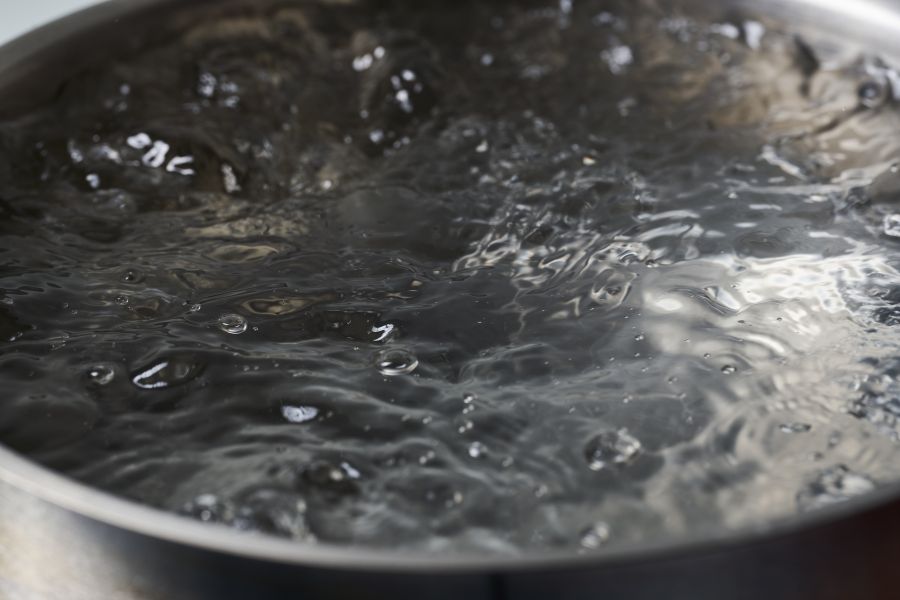
Steam bubbles start forming and rising to the surface as the water reaches its boiling point. These bubbles are made up of water vapor, the gaseous form of water. The heat energy from the stove or burner is transferred to the water, causing the water molecules to move faster and faster. Eventually, they move so fast that they break free of the liquid and become steam.
Boiling water is a useful technique in the kitchen because it allows us to cook food quickly and effectively. It’s also a reliable method for purifying water, as boiling water’s heat can kill off harmful bacteria or contaminants. So the next time you boil a pot of water, take a moment to appreciate the simple yet powerful process that’s taking place.
Steps to Follow While Boiling Water on a Gas Stove
Boiling water on a gas stove is a task that may seem simple, but there are a few key things to keep in mind to ensure success. Here are some steps to follow when boiling water on a gas stove:
1# Gather Your Materials
To boil water on a gas stove, you will need a pot or kettle with a handle, a gas stove, and a gas burner. Make sure that your pot or kettle is appropriate for the size of your burner and that it has a tight-fitting lid.
2# Place the Pot or Kettle on the Burner
Place the pot or kettle on the burner and adjust the burner to the desired heat setting. It’s important to note that the size of the pot or kettle and the amount of water you are boiling will determine how long it takes for the water to reach a boil.
3# Add Water to the Pot or Kettle
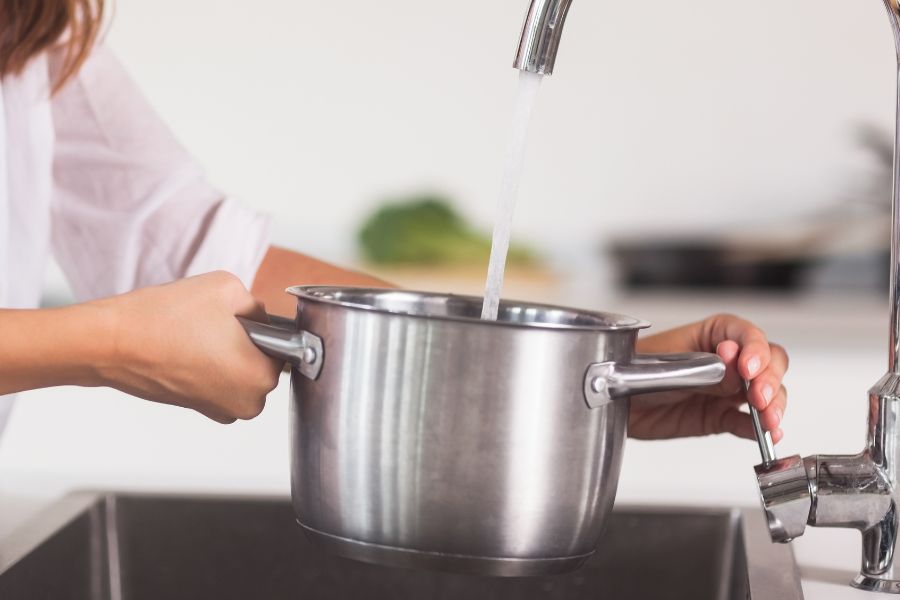
Add the desired amount of water once the pot or kettle is on the burner. It’s important to note that the amount of water you add will determine how long it takes for the water to reach a boil and how long it takes for the water to cool down once it has been removed from the heat.
4# Put the Lid on the Pot or Kettle
Once you have added the water to the pot or kettle, put the lid on top. This will help to speed up the boiling process and keep the water hot once it has reached a boil.
Water boils faster with a lid because the water vapor doesn’t go out and diffuses in the air.
Shari Mason, Eatpallets.com
5# Turn on the Burner
Turn the burner on and wait for the water to reach a boil. You can monitor the water by looking at the pot or kettle, or you can use a thermometer to check the temperature of the water. The boiling point of water is 212 degrees Fahrenheit (100 degrees Celsius).
6# Remove the Pot or Kettle from the Heat
Once the water has reached a boil, carefully remove the pot or kettle from the heat. Be sure to use oven mitts or a pot holder to avoid burns.
7# Let the Water Cool Down
If you need to use the water right away, you can let it cool down by running cold water over the pot or kettle. If you don’t need to use the water immediately, let it sit until it reaches the desired temperature.
It’s important to note that boiling water on a gas stove can be dangerous if not done properly. Be sure to follow all safety precautions, such as turning off the burner once the water has reached a boil and using oven mitts or a pot holder to handle hot pots or kettles.
Tips to Boil Water on a Gas Stove
In addition to boiling water, you can do a few other things with a gas stove to make cooking and food preparation easier. Here are a few tips to keep in mind:
#1. Use a Timer
A timer can be a great tool when cooking on a gas stove. It can help you track how long something has been cooking and alert you when it’s time to check on your food or remove it from the heat.
#2. Use a Thermometer
A thermometer can be helpful when cooking on a gas stove, especially when cooking meat or other foods that need to be cooked to a specific temperature. A thermometer can help you ensure that your food is cooked to the right temperature, which can help to prevent foodborne illness.
#3. Use a Splatter Screen
A splatter screen can be a lifesaver when cooking on a gas stove. It can help keep your stovetop clean and prevent hot oil or grease from splattering everywhere.
#4. Preheat the Pot or Kettle
To help speed up the boiling process, try preheating the pot or kettle before adding water. You can do this by filling the pot or kettle with a small amount of water and placing it on the burner for a few minutes before adding the desired amount.
This will help bring the pot or kettle up to temperature more quickly, saving you time and energy.
#5. Use the Right Heat Setting
The heat setting you use when boiling water on a gas stove can greatly impact how long it takes to boil. A high heat setting will quickly bring the water to a boil but may also increase the risk of boil-overs or splatters. A low heat setting will take longer to bring the water to a boil, but it can help to prevent boil-overs and splatters.
Experiment with different heat settings to find the one that works best for you.
#6. Don’t Overfill the Pot or Kettle
It’s important to leave enough room in the pot or kettle for the water to boil without spilling over. A good rule of thumb is to fill the pot or kettle no more than two-thirds full. This will give the water enough room to expand as it boils, which can help to prevent boil-overs.
#7. Use a Lid
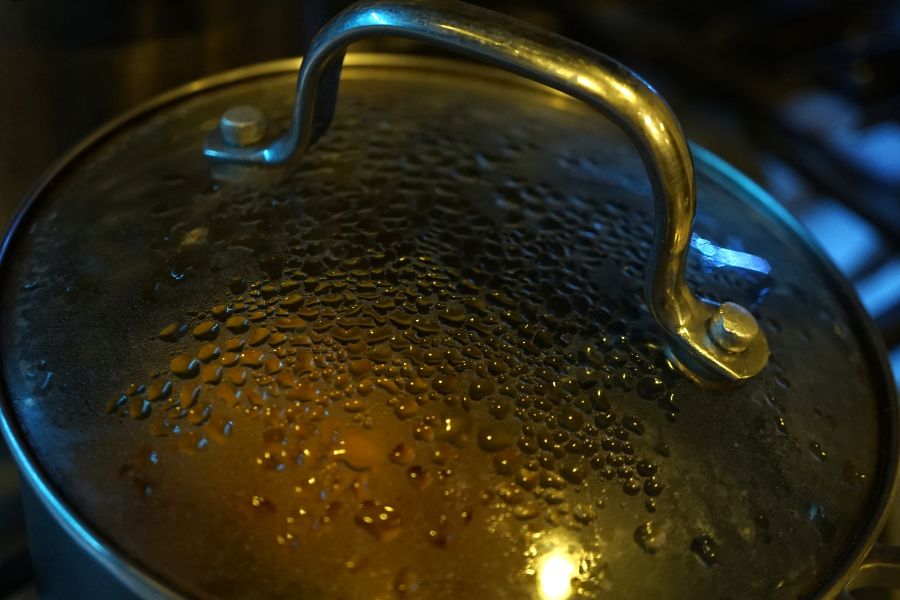
A lid can be useful when boiling water on a gas stove. It can help to speed up the boiling process by trapping heat and steam inside the pot or kettle. It can also help to keep the water hot once it has reached a boil. Just be sure to use a pot or kettle with a tight-fitting lid to prevent steam from escaping.
#8. Avoid Stirring the Water
While it may be tempting to stir it as it boils, this can slow down the boiling process. When you stir the water, you mix cold water from the bottom of the pot or kettle with hot water from the top, which can lower the overall temperature of the water. So, resist the urge to stir and let the water boil undisturbed.
By following these tips, you can easily and efficiently boil water on a gas stove. Follow all safety precautions, such as turning off the burner once the water has reached a boil and using oven mitts or a pot holder to handle hot pots or kettles. With a little practice, you’ll be an expert at boiling water on a gas stove in no time.
Also read:
- Why are Gas Stove Grates High?
- Is Your Electric Stove Taking Forever to Boil Water? We’ve Got the Inside Story!
Frequently Asked Questions
How Much Water Can I Boil on a Gas Stove at One Time?
It depends on the size of your pot or kettle and the size of your burner. A general rule of thumb is to fill the pot or kettle no more than two-thirds full to allow for expansion as the water boils.
How Long Does It Take To Boil Water on a Gas Stove?
The time it takes to boil water on a gas stove will depend on the size of the pot or kettle, the amount of water you are boiling, and the heat setting you are using. Generally, a pot of water will take about 10-15 minutes to reach a boil on a medium heat setting.
Can I Use Any Pot or Kettle on a Gas Stove?
It is best to use a pot or kettle that is designed for use on a gas stove. These pots and kettles will typically have a flat bottom and handle resistant to heat. Avoid using pots or kettles with plastic handles or those not designed for use on a stovetop.
Is It Safe to Leave the Water Boiling on a Gas Stove?
It is generally safe to boil the water on a gas stove if you use a pot or kettle with a tight-fitting lid and the burner is turned off once the water reaches a boil. However, leaving boiling water unattended for an extended period is not recommended as there is always a risk of boil-overs or accidents.
Can I Use a Glass Pot or Kettle on a Gas Stove?
While it is possible to use a glass pot or kettle on a gas stove, it is not recommended. Glass pots and kettles can be more prone to cracking or breaking when exposed to high heat, which can be dangerous. It is best to use a pot or kettle made from a heat-resistant material, such as stainless steel or aluminum.
Is It Better to Boil Water on a Gas Stove or Microwave?
There are pros and cons to both methods. Boiling water on a gas stove may take longer, but it can be more energy-efficient and allow for more precise temperature control. Boiling water in the microwave is faster but less energy-efficient and may not heat the water evenly.
Can I Use a Gas Stove to Boil Water for Coffee or Tea?
Yes, you can use a gas stove to boil water for coffee or tea. Just be sure to use a pot or kettle that is appropriate for the size of your burner and has a tight-fitting lid.
You can also use a thermometer to ensure that the water has reached the correct temperature for your specific type of coffee or tea.
What Should I Do if the Water Boils Over on the Gas Stove?
If the water boils over on the gas stove, turn off the burner and carefully remove the pot or kettle from the heat. Use a towel or oven mitts to wipe up any spills or splatters, and turn off the burner to avoid accidents. If an overheated pot or kettle caused the boil-over, allow it to cool down before attempting to use it again.

